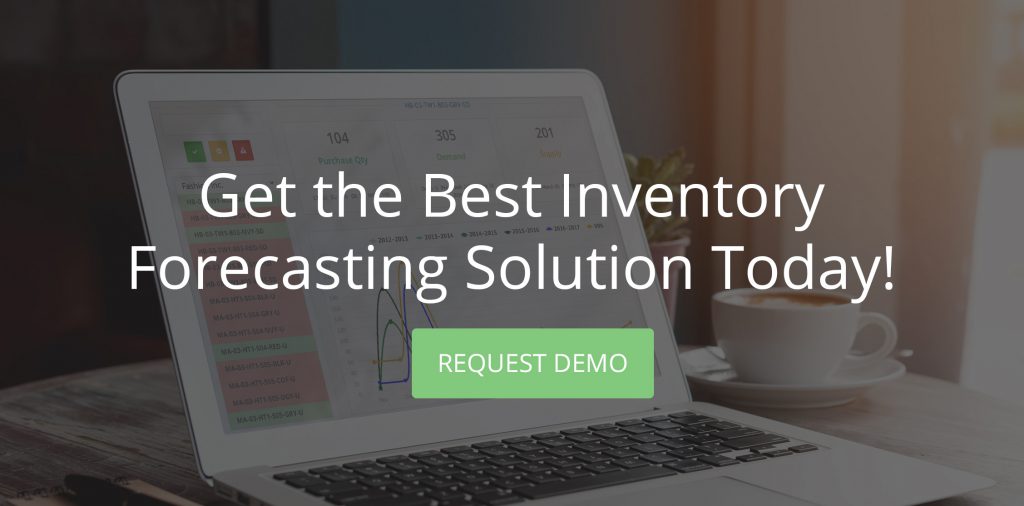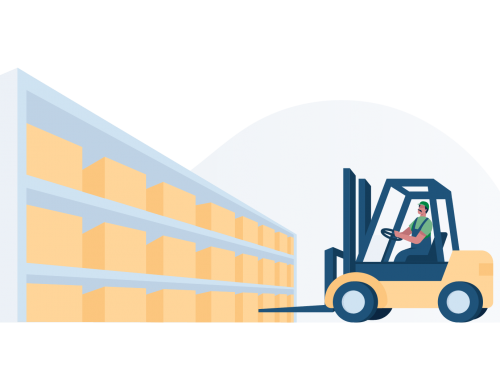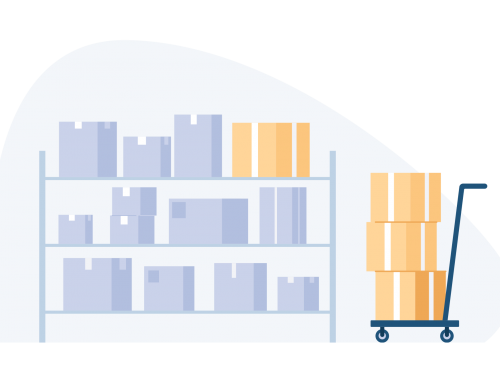Amazon and other e-commerce platforms have made it possible to generate large amounts of revenue with relatively few employees and low fixed costs.
While this provides obvious economic benefits, it also means employees are tasked with a wide variety of important, and often time-consuming responsibilities.
We had some time to speak with Craig Barnell, General Manager of Fishers Finery. He explains how he has been able to successfully grow an Amazon FBA company with only two employees generating just north $5m in yearly revenue.
With over 2,000 SKUs, the problem for us became ordering the right product in the right quantity at the right time. We, like many other businesses, realized it was time to ditch the spreadsheets and employ a true inventory forecasting solution. It also helped that robust solutions have become much more accessible just the past year ($49-$200 a month depending on business size). Within 6 months post-integration, we improved stock order performance from 83% to over 97% while simultaneously having less capital tied up in inventory.
From our experience, these 10 (5 now, 5 next week) signs might mean it’s time for you to consider a 3rd party inventory forecasting solution:
1. You have a large catalogue of products
Effectively ordering for a few SKUs is usually not a huge challenge for many e-commerce sellers. The problems with restocking and managing inventory usually come when you break 100 SKUs. At this point, keeping track of stock levels, reorder points, and purchase orders starts to become a hassle and potential weak point for your business.
2. Some or many of your products are seasonal
Most items have periods of the year where they are in higher demand. For example, winter coats usually aren’t flying off the shelf in the middle of the summer, but once the temperatures dip in late autumn, the orders come rolling in. If you simply deal in selling parkas, this isn’t difficult to account for in ordering, but different products have different peak selling seasons. Some of your products may see demand jump in June and others around the winter holiday season. As your catalogue increases, so do the challenges of keeping track of sales cycles and product seasonality. Choosing an inventory management and forecasting solution that identifies and projects seasonality on an individual product level makes handling seasonal items a breeze.
3. You find yourself regularly out of stock on your top items
It’s no secret that you can’t sell items you don’t have in stock. Running out of stock means lost sales, lost revenue, and lower seller ratings and product placement on platforms like Amazon.
4. You’re overstocked
The converse of the problem above is carrying too much inventory. The cost associated with carrying unnecessarily high quantities of product is twofold. First, you incur the monetary cost of long term storage fees, space rentals, risk of damage etc. Secondly, you incur a significant opportunity cost. You have capital tied up in items that could be better invested in other areas of your business like new products, business management software, or advertising and marketing.
5. You’re losing track of your forecasting spreadsheets
We’ve all been there. In an effort to mitigate the problems above, you take matters into your own hands and follow basic sales forecasting practices to predict future demand and, in turn, create the necessary purchase orders to meet that demand. We took this approach for almost two years. Setting mins, maxes, reorder points… you name it; we did it. I was also lucky enough to be proficient with Excel and statistical forecasting models, which certainly helped us, but even with these advantages, my spreadsheets became so numerous, so cumbersome, and so hard to keep current that they became deleterious to my order process instead of helpful. An effective inventory-forecasting program will not only keep your projections current, automatically importing new sales and purchasing data, but also keep them organized and useful as a reordering tool.





